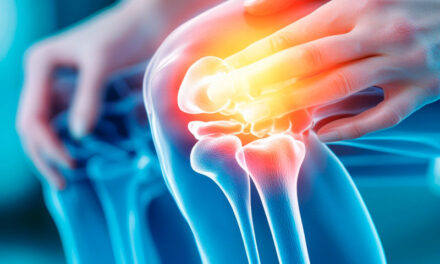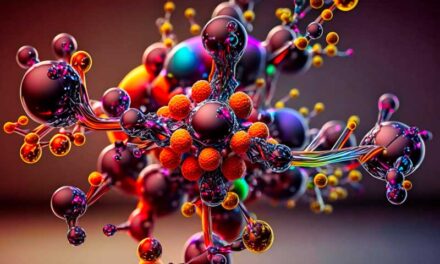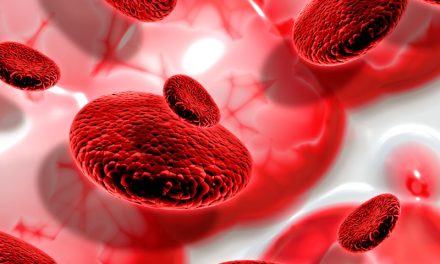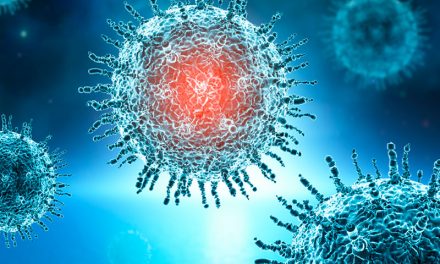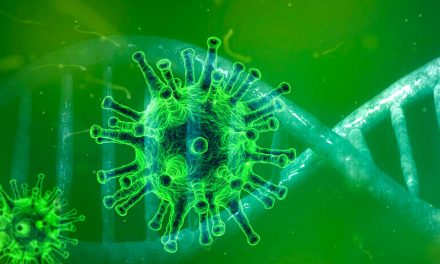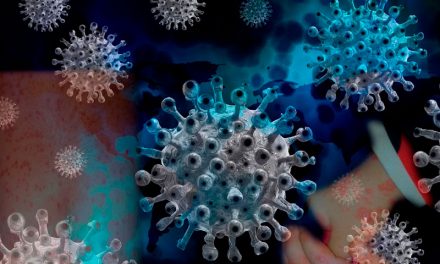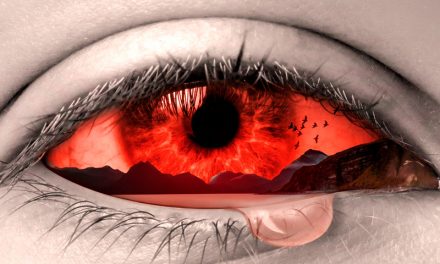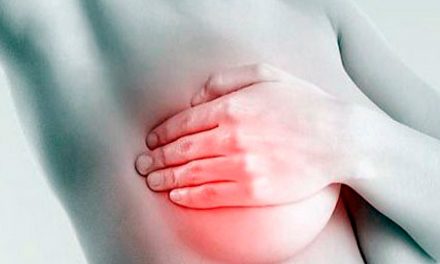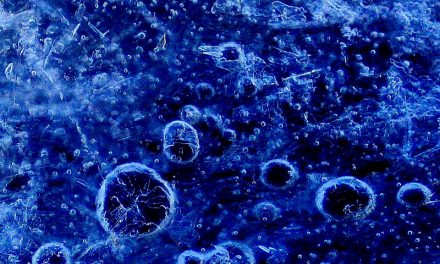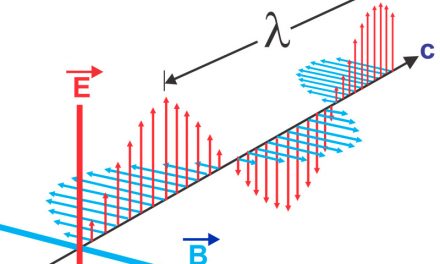Original Paper
Authors
Froylan Alvarado Güémez, Luisa Batilde Lima Hernández, Carla Núñez Lima, Gastón Mora de la Cruz
Keywords
Microdosis de ozono,
dolor,
nociceptivo,
neuroceptivo,
discartrosis lumbar
Abstract
Pain is an unpleasant sensory and emotional experience related to potential or tissue damage, which is the main cause for medical visits of the world’s population. The objective of the present study was to assess the therapeutic use of ozone injections applied in microdoses for the treatment of pain. An interventional, longitudinal and prospective study was made with 67 patients who suffered 7 different types of pathologies which produced pain or with discartrosis and lumbar stenosis. The patients went to the private medical office of this investigation’s main author in Culiacan, Sinaloa, Mexico between January 2012 and March 2015. Two groups of 36 and 31 patients respectively were studied: a) Ozone Microdoses Simple: Only microdoses of ozone were applied b) Ozone Microdoses Combined: microdoses of ozone along with some other modalities of ozone therapy or with acupuncture, neural therapy, magneto therapy or diet therapy were applied. The concentrations of ozone used were between (8 and 15) µg/mL, the volume per injection was between 0,2 and 1mL, the applications were weekly and from (10-15) days afterwards. The Analog Visual Scale, the Modified and adjusted Macnab Criteria were applied, and the level of satisfaction among the patients was measured before and after the treatment. As summarizing measurements, mean, standard deviation and percentages were used. In order to compare the results, the Kolmogorov-Smirnov test, the Mann-Whitney’s nonparametric test and the t test (Student) were applied. The average of treatment sessions per patient was 4. The EVA values obtained after the treatment were significantly less than the ones obtained before the treatment, as well as with Microdoses Simple and combined and among such treatments there was no significant difference. As adverse reaction 84% of patients mentioned pain during the ozone microdosis application. A significant (p>0.05) medical improvement was obtained. Treatment’s efficacy were also evaluated: for 32 patient,
(8%) was Excellent, for 52, (2%) was Good. This therapeutic modality seems to be an efficient, economic and safe option for the treatment of nociceptive and neuroceptive pain without any risk for the patient
This post is also available in:  Español (Spanish)
Español (Spanish)



